Afoot in England
Book Excerpt
That the tradition is not true no one can say. We know that the memory of an action or tragedy of a character to stir the feelings and impress the imagination may live unrecorded in any locality for long centuries. And more, we know or suppose, from at least one quite familiar instance from Flintshire, that a tradition may even take us back to prehistoric times and find corroboration in our own day.
But of this story what corroboration is there, and what do the books say? I have consulted the county history, and no mention is made of such a tradition, and can only assume that the author had never heard it--that he had not the curious Aubrey mind. He only says that it is a very early church --how early he does not know--and adds that it was built "for the convenience of the inhabitants of the place." An odd statement, seeing that the place has every appearance of having always been what it is, a forest, and that the inhabitants thereof are weasels, foxes, jays and such-like, and doubtless in for

 Free Download
Free Download












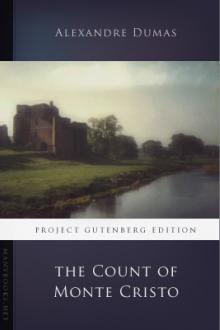
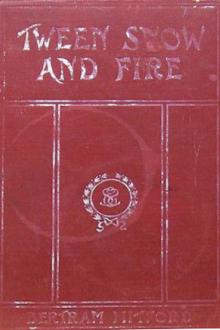
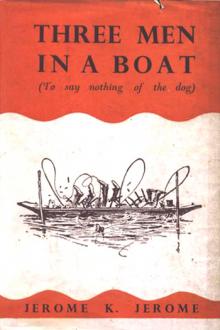


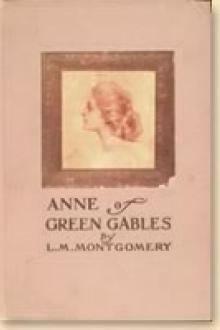
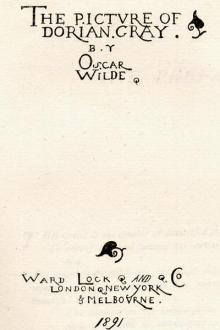

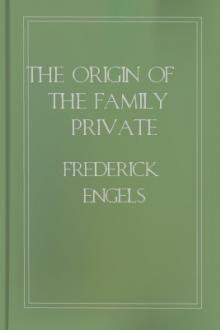
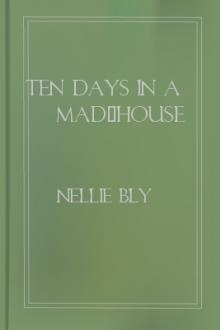
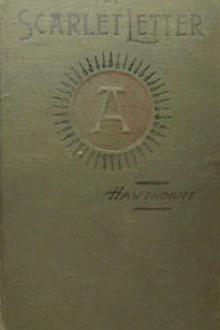
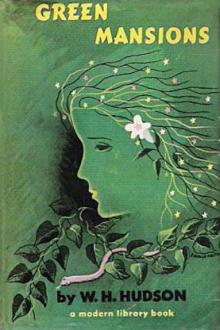
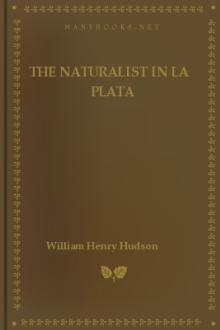

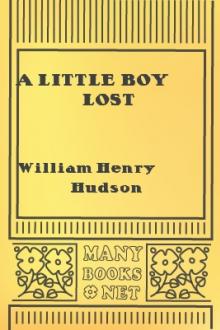


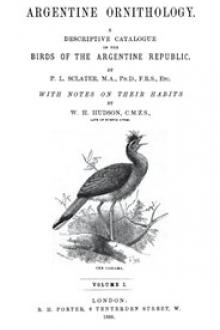


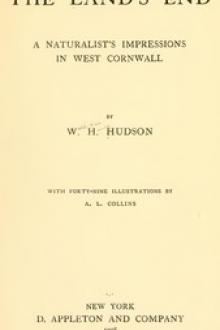

-itok=vcKIB5v1.jpg)